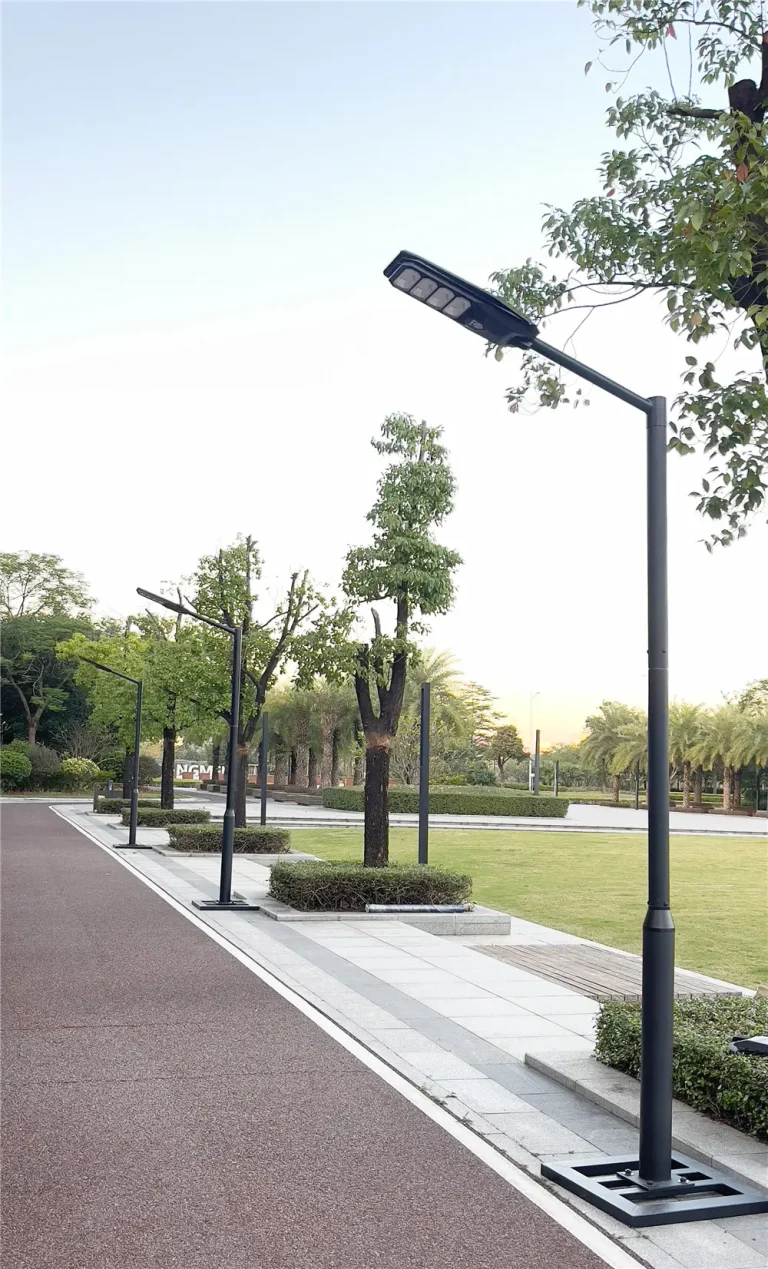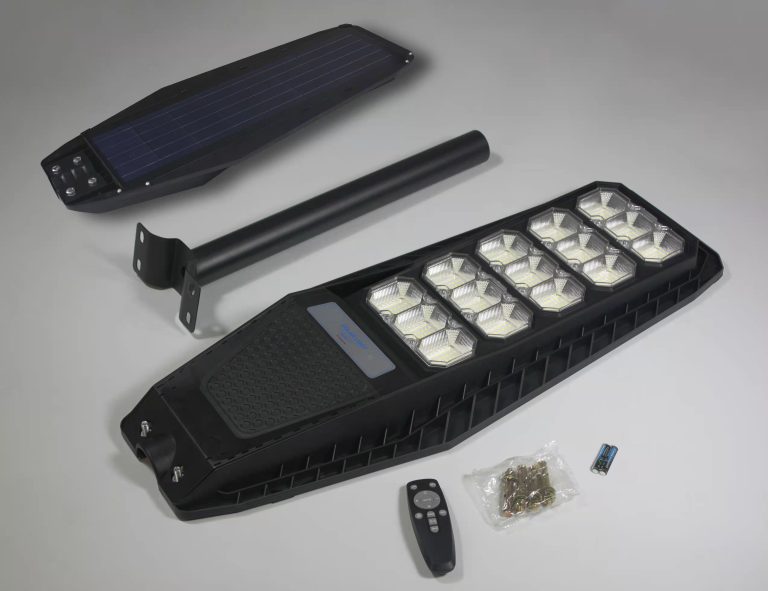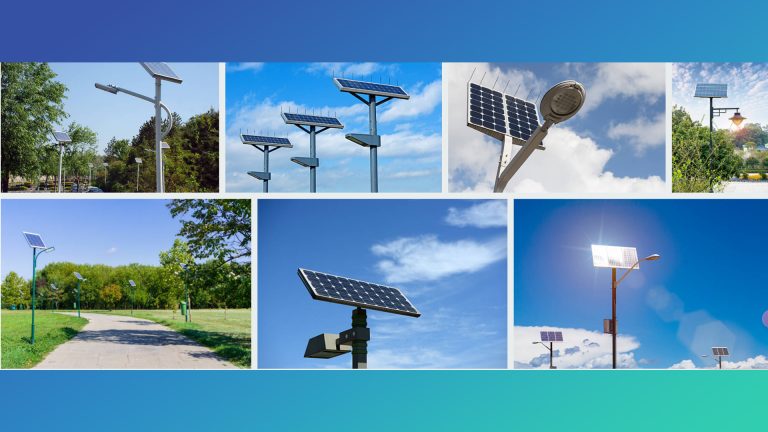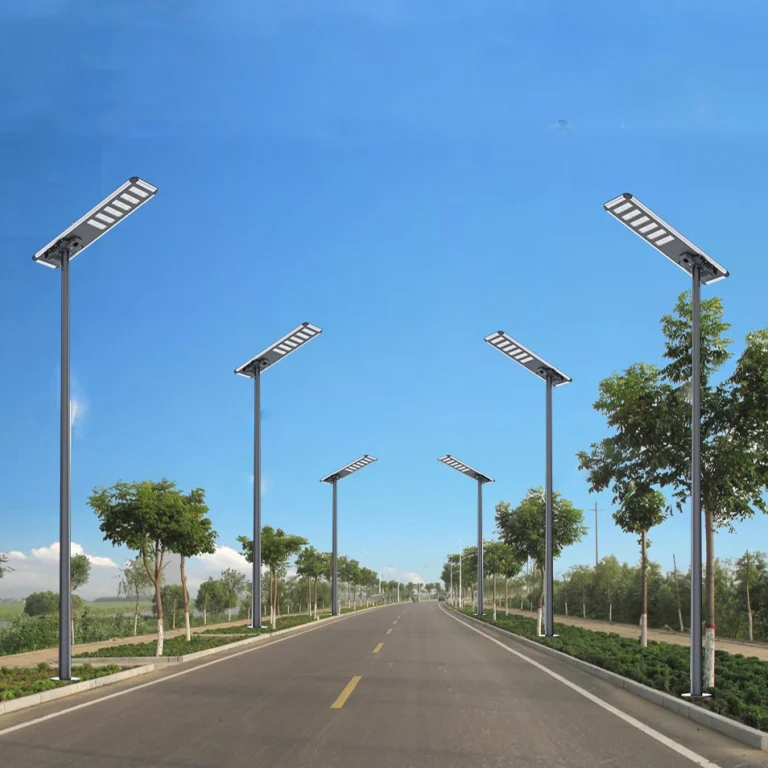The actual power of solar street lamps can keep changing due to several factors such as changes in weather conditions, variations in sunlight intensity, and changes in the load requirements.

- Weather conditions: Solar panels rely on sunlight to generate electricity, so changes in weather conditions such as clouds, rain, and snow can affect the amount of sunlight reaching the solar panel. This can cause fluctuations in the power output of the solar panel, which in turn can affect the power output of the street lamp.
- Sunlight intensity: The amount of sunlight reaching the solar panel can vary depending on the time of day, season, and location. In areas with high levels of air pollution or dust, the amount of sunlight reaching the solar panel may be reduced. This can cause fluctuations in the power output of the solar panel and affect the power output of the street lamp.
- Load requirements: The power consumption of the street lamp can vary depending on the
time of day and the lighting requirements. For example, the power consumption may be higher during peak hours when there is more traffic or activity in the area. The use of sensors or timers can help to adjust the power consumption of the street lamp based on the lighting requirements.
To address these issues, solar street lamp systems are designed with components such as charge controllers, inverters, and battery storage to regulate the power output and ensure reliable operation. In addition, the use of energy-efficient LED lights and smart lighting controls can help to optimize the power consumption and reduce fluctuations in the power output of the street lamp




